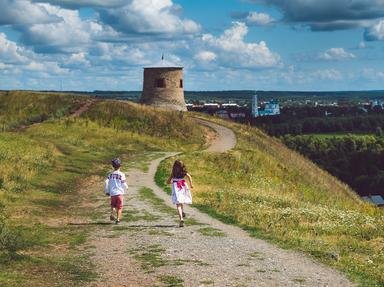
Who's Who: U.S. Presidents and Vice Presidents Quiz
Let's see if you can match the following U.S. Presidents to their Vice Presidents. Each of the Vice Presidents eventually somehow became President in their own right.
A matching quiz
by ponycargirl.
Estimated time: 3 mins.